Holy Orca! So many encounters this week in Prince William Sound
Whale watching in Prince William Sound has been interesting to say the least. The humpback whales seem to be far and few between. Maybe it is still early in the season. Maybe there just aren't that many ever here. We have been hearing sightings of bubble net feeding humpbacks from Southeast Alaska and even some from Resurrection Bay near Seward, but have yet to see it here. In fact, we havn't seen much more than slow traveling humpbacks whales, when we've seen them at all. But that is just the humpbacks...
The killer whale sightings have been plentiful. We encountered at least four different pods of orcas here this past week. One encounter must have included over twenty orca. It was so amazing to see that many orca all surfacing at once. They were a bit feisty as well, with some sideways belly-to-belly swimming, tail slaps, and quick direction changes. They are always such a pleasure to watch. This part of Alaska has some of the most researched orca in the world.
While onboard, I always try to get as many identification shots of the orca as possible. For research, you always try to get a shot of the left side of the dorsal fin, plus the white saddle patch just behind/below it. This is often all you need to match up your orca with one of the 700+ that have been seen here and catalogued in the past. We provide all of our ID shots to the North Gulf Oceanic Society, who maintains the ID catalogues. It is great to get their feedback on the different whale sightings. You can find them at www.whalesalaska.org
The guests onboard (which this week included Lea and David), always like to be a part of citizen science as well. The trip can take on a whole new meaning as you become part of the long term science that is tracking one of the Earth's top predators. And keeping up the research is important. One pod, the AT1 pod of transient orca, have been in a steady decline after being seen swimming directly through the oil spill in the days following the Exxon Valdez disaster in 1989. They have never had a new birth since then and have gone from 22 to 7 individuals. They are on their way to extinction, and taking their unique genetics and hunting strategies with them. Never to be seen again.
Now is the time for travel. See it for yourself. The world is at your fingertips.
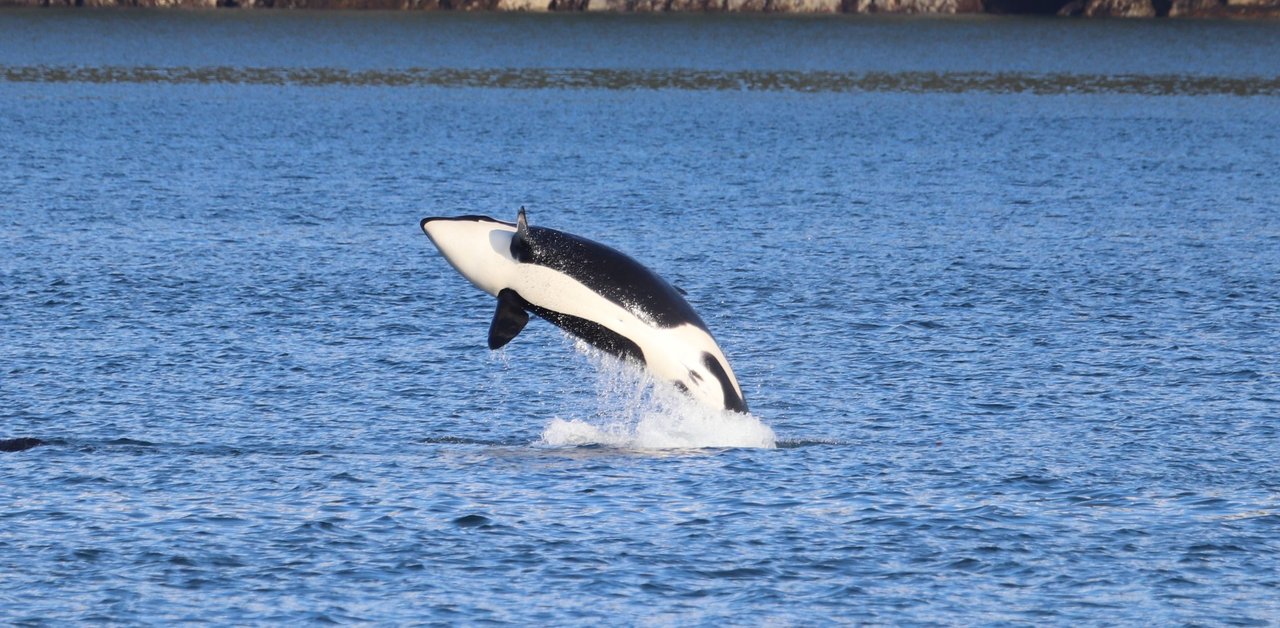



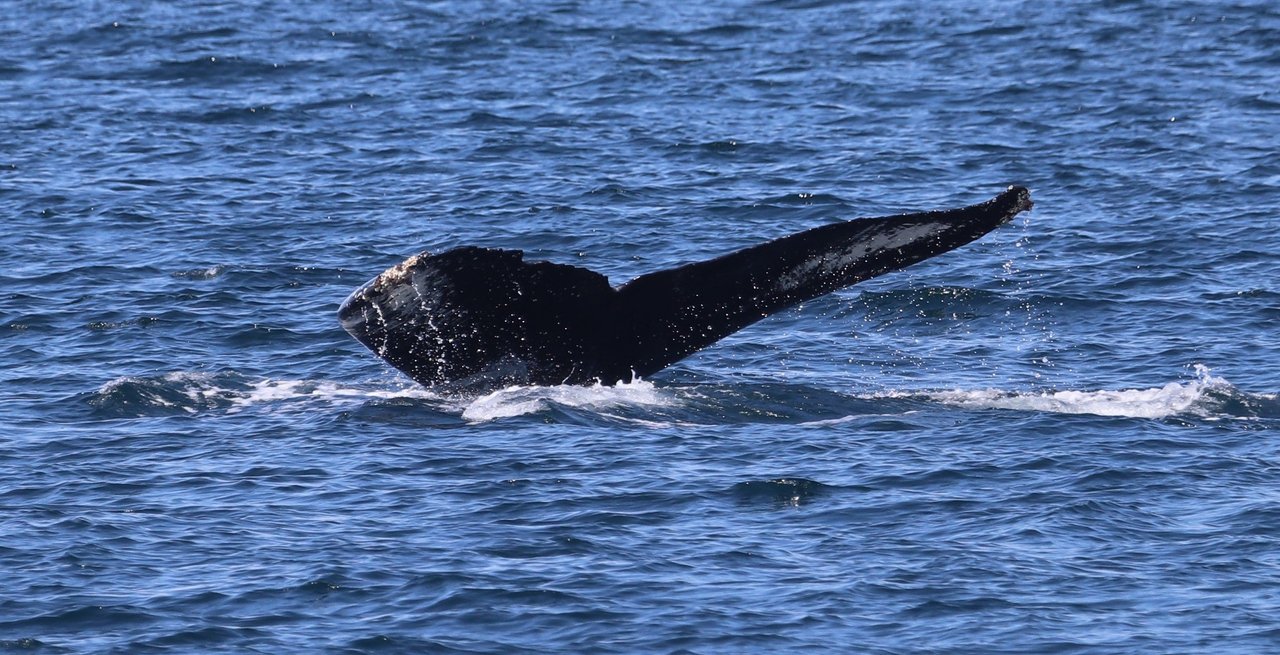
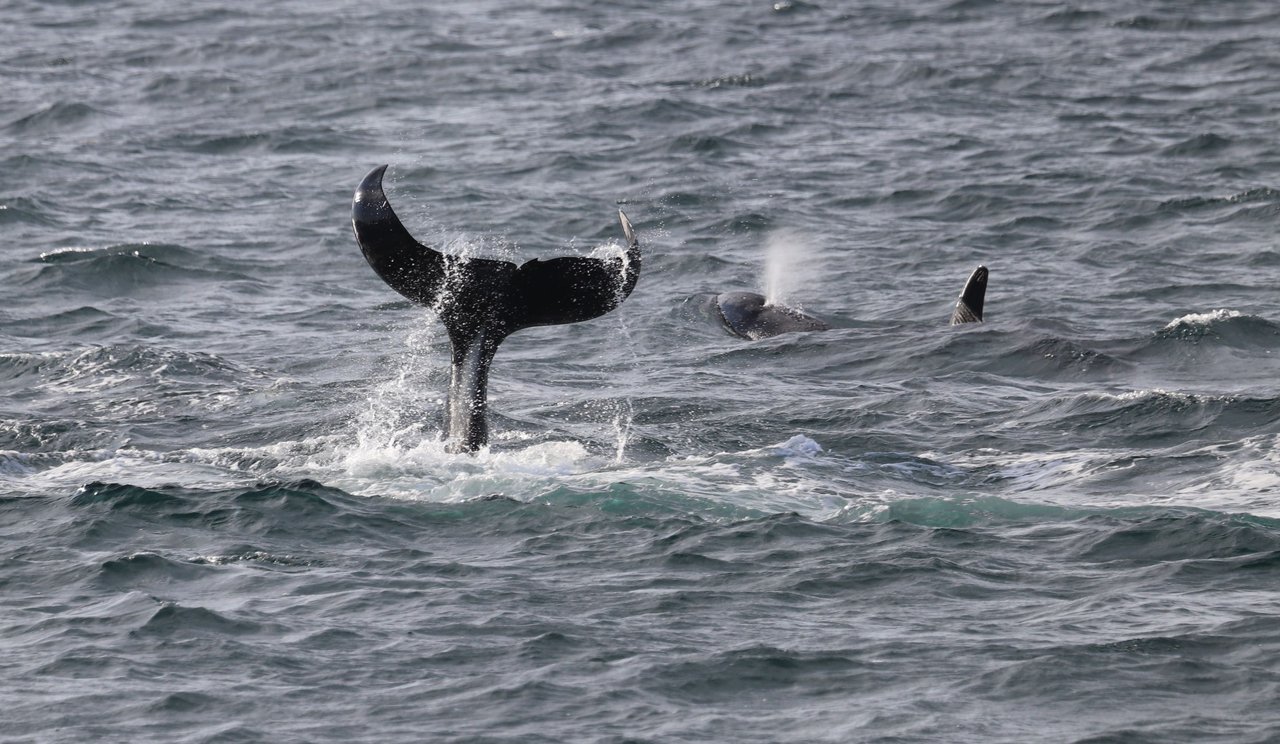
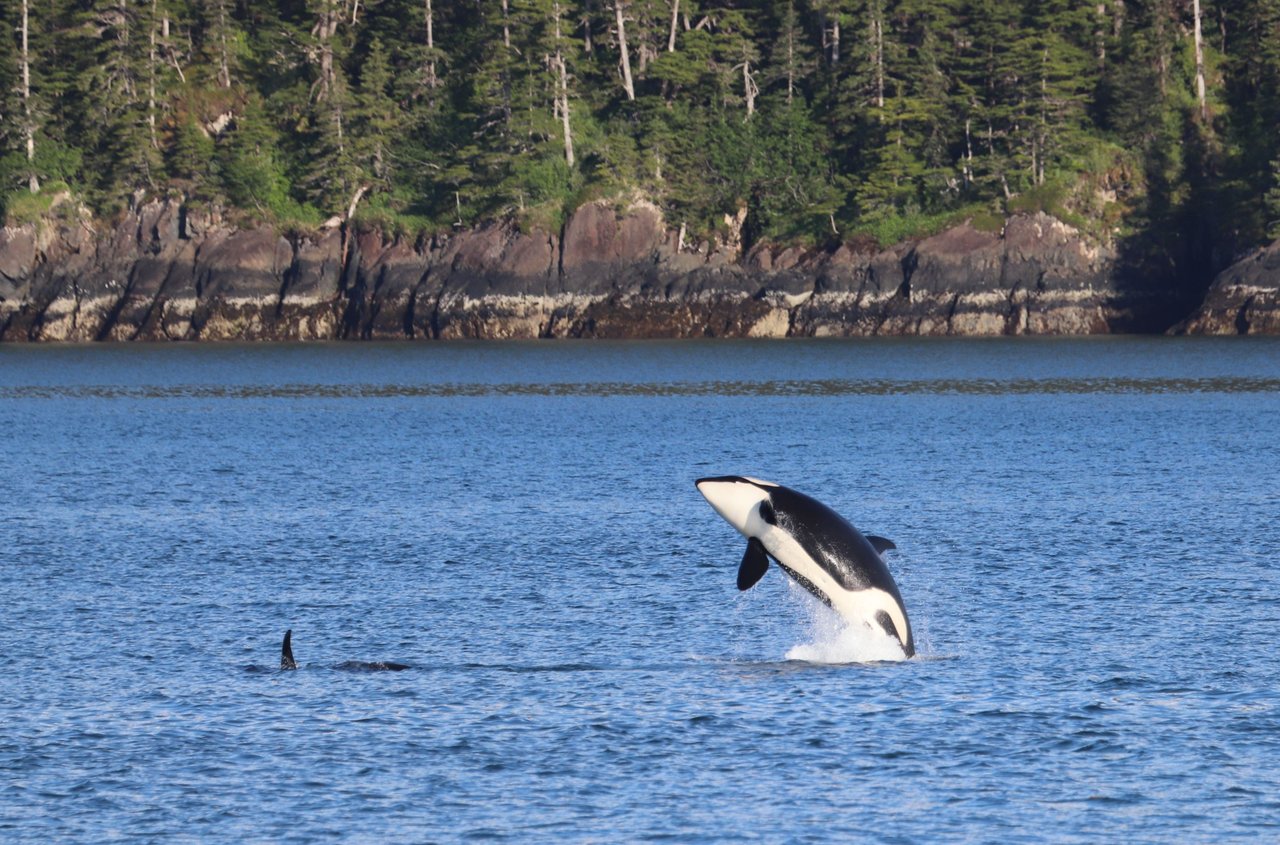
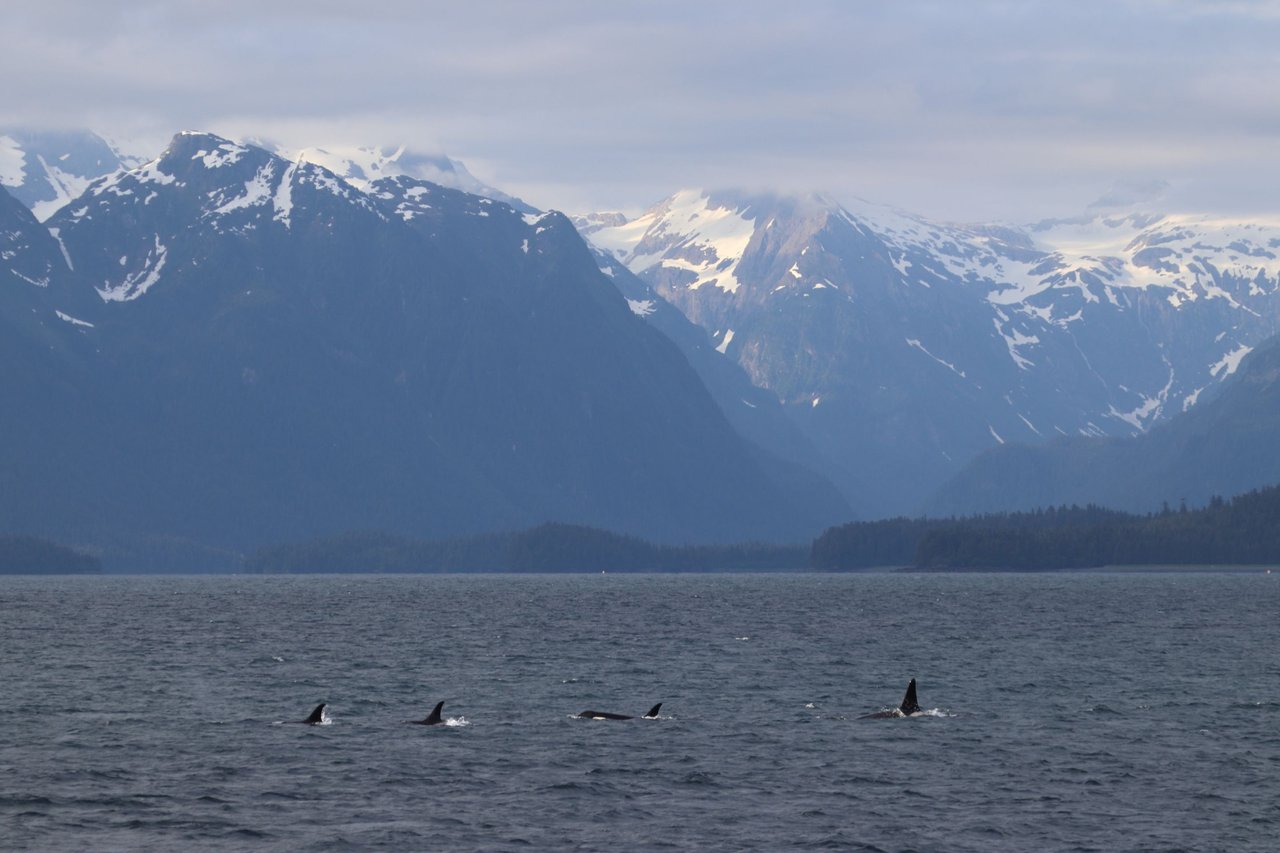
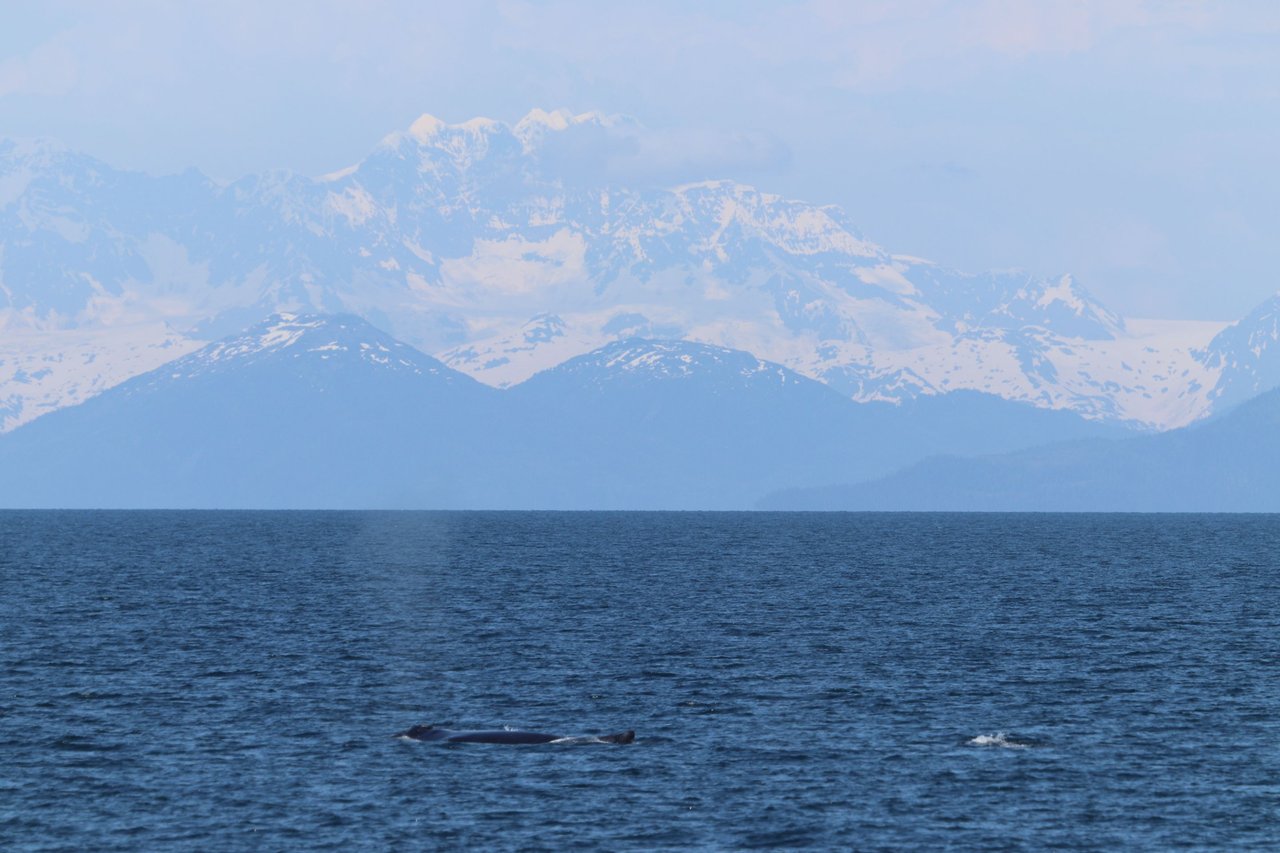
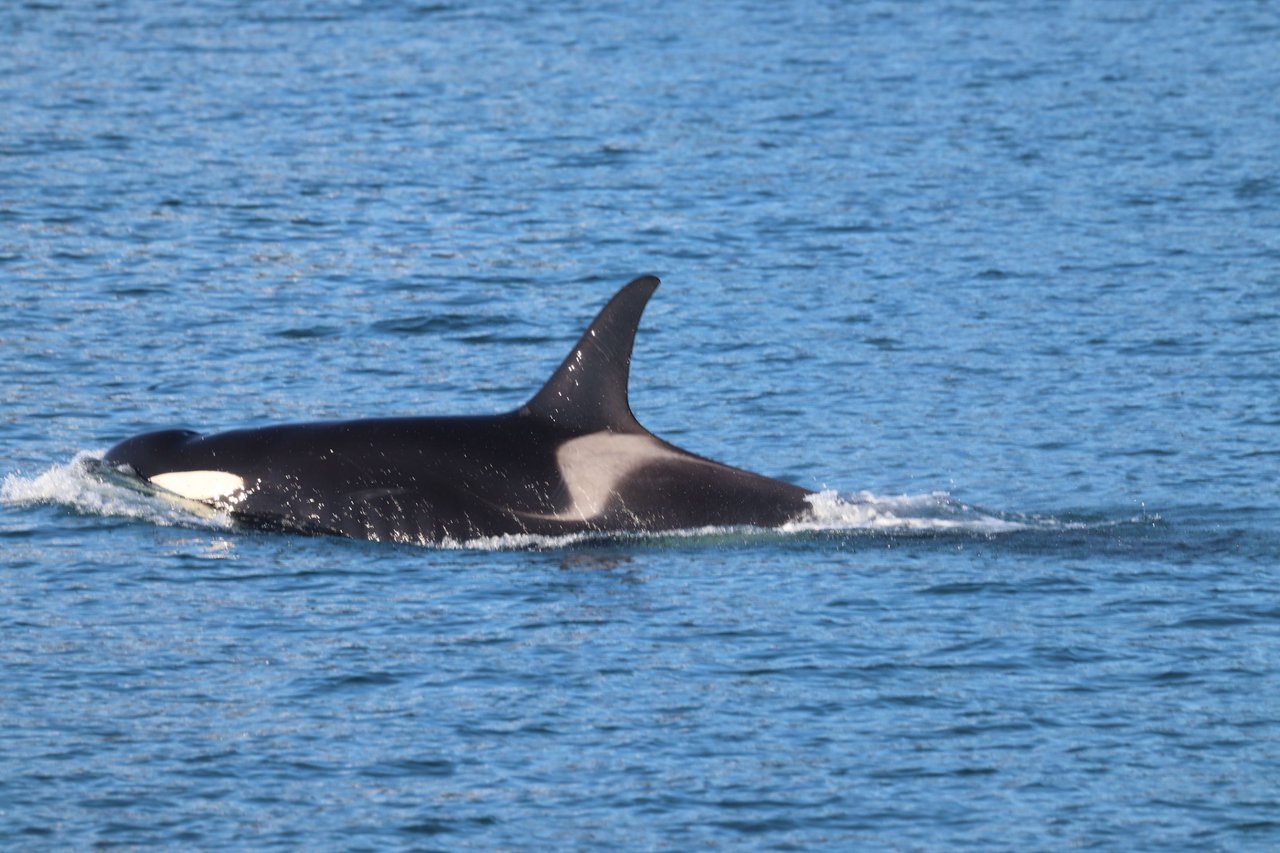

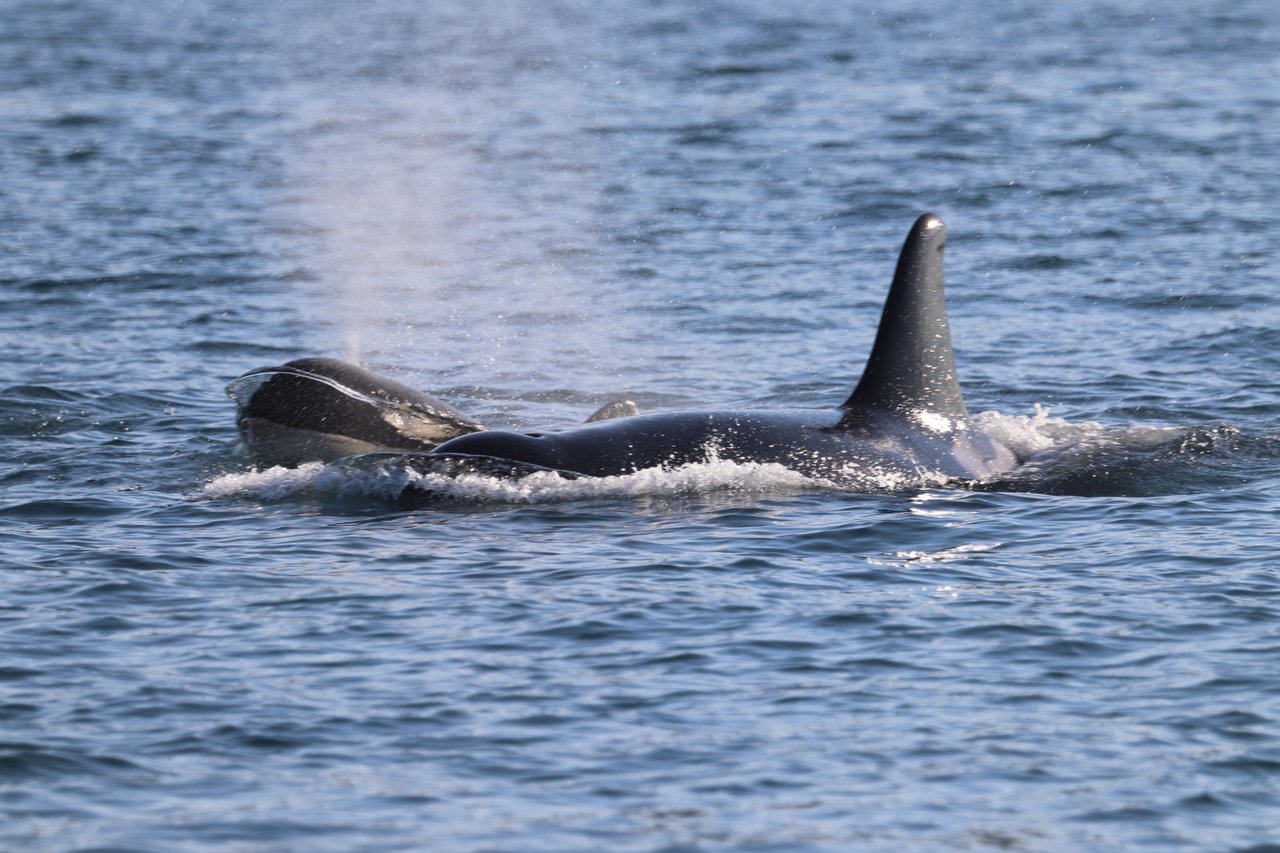


All of these photos were taken traveling in Prince William Sound, Alaska over the course of a 1 week trip aboard the expedition cruise ship Safari Explorer with UnCruise Adventures.
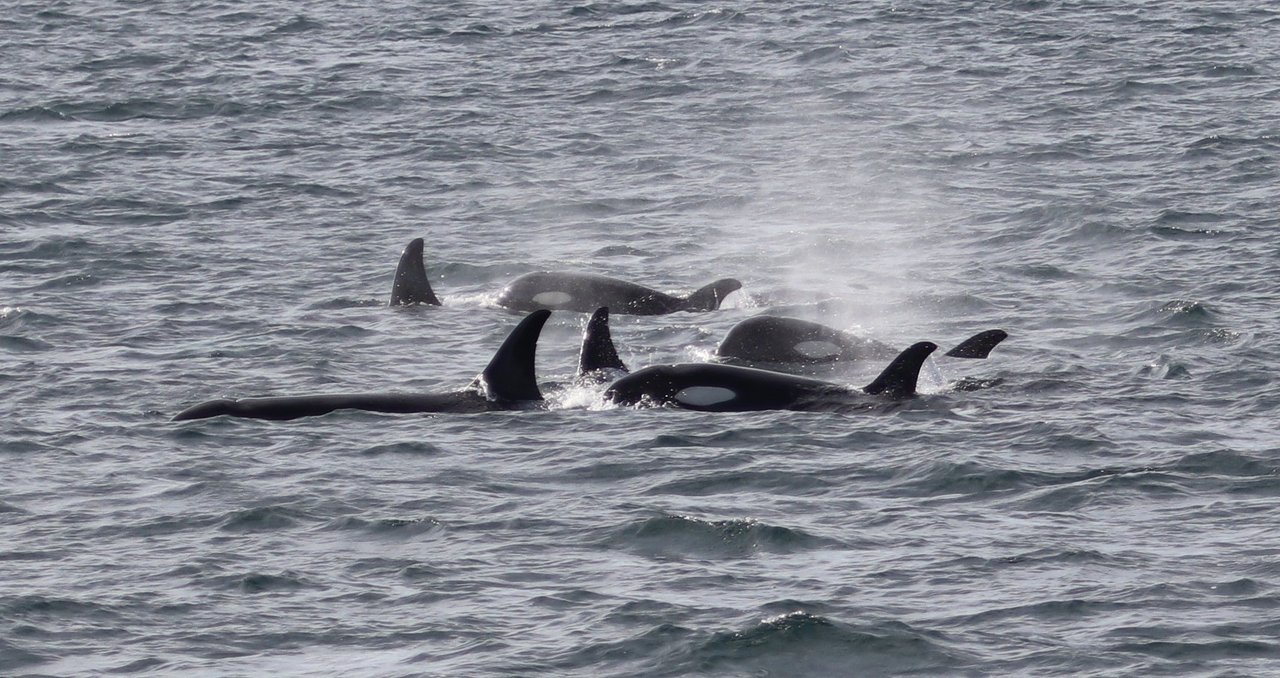



Comments
Post a Comment
Leaving a comment is a great way to provide feedback, ask further questions, and inspire more answers...so go for it.